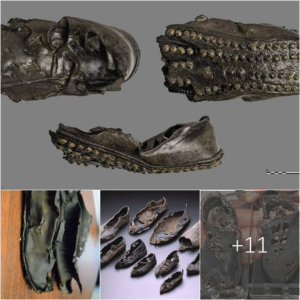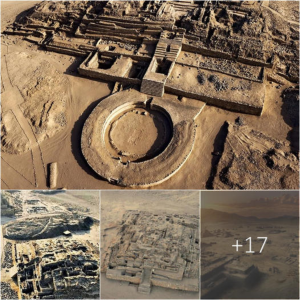In the vast expanse of the Iranian landscape, amid the rugged terrain and the whispering winds, stands a testament to the grandeur of ancient civilizations: the Gate of All Nations, also known as the Gate of Xerxes, at Persepolis. Dating back to the years 486-465 BC, this architectural marvel serves as a portal to a bygone era, offering a glimpse into the rich tapestry of Persian history and culture.
Persepolis, the ceremonial capital of the Achaemenid Empire, was a jewel in the crown of ancient Persia, a symbol of imperial power and architectural splendor. At its heart stood the Gate of All Nations, a monumental entrance that welcomed visitors from across the vast empire and beyond, showcasing the wealth, power, and sophistication of Persian civilization.

As one approaches the gate, a sense of awe washes over, captivated by its sheer magnitude and intricate design. Constructed of massive limestone blocks, adorned with intricate reliefs and inscriptions, the gate stands as a testament to the ingenuity and craftsmanship of ancient Persian artisans. Its towering columns, adorned with exquisite carvings of mythical beasts and celestial beings, evoke a sense of reverence and wonder, transporting visitors to a realm of divine beauty and grandeur.
At the apex of the gate, the figure of a winged bull, known as a Lamassu, guards the entrance, its majestic form a symbol of protection and divine authority. Flanked by imposing figures of Persian soldiers, known as Immortals, the gate exudes an aura of strength and power, asserting the dominance of the Achaemenid Empire over its vast dominions.

Yet, it is not merely the architectural grandeur of the Gate of All Nations that captivates the imagination; it is the symbolism and historical significance imbued within its walls. Inscriptions in multiple languages, including Old Persian, Elamite, and Babylonian, proclaim the glory of the Persian kings and recount the empire’s triumphs and conquests. They serve as a testament to the cosmopolitan nature of the Achaemenid Empire, where diverse cultures and peoples coexisted under the benevolent rule of the Persian monarchs.

Moreover, the Gate of All Nations served as a hub of diplomatic and commercial activity, where emissaries from distant lands gathered to pay homage to the Persian king and engage in trade and diplomacy. It was a melting pot of cultures and ideas, a crossroads of civilizations that shaped the course of history in the ancient world.

Today, as visitors stand in the shadow of the Gate of All Nations, they cannot help but marvel at the enduring legacy of ancient Persia and the profound impact of its civilization on the world stage. It is a testament to the resilience of human ingenuity and the enduring power of cultural exchange and cooperation.
In conclusion, the Gate of All Nations stands as a symbol of Persian grandeur and imperial ambition, a testament to the rich tapestry of history and culture that defines the ancient world. It is a reminder of the transformative power of architecture and art to transcend time and space, leaving an indelible mark on the landscape of human civilization for generations to come.





